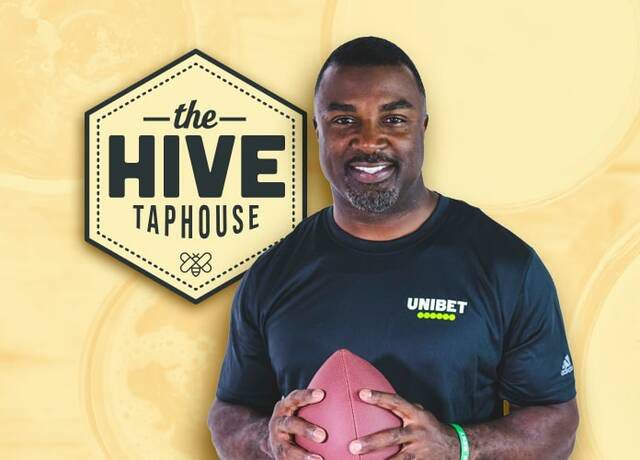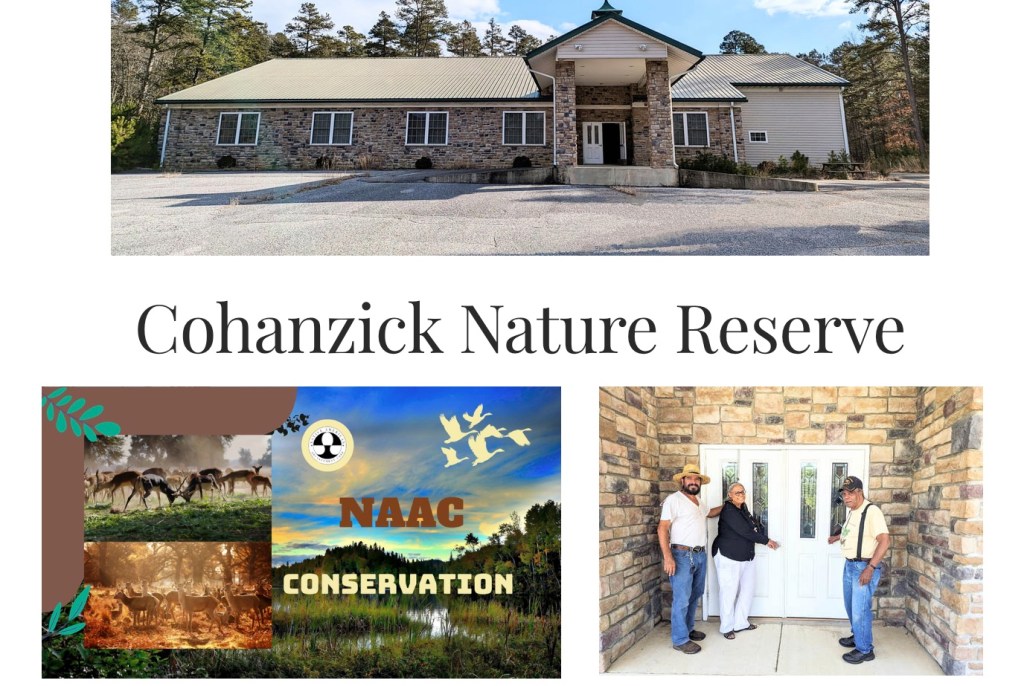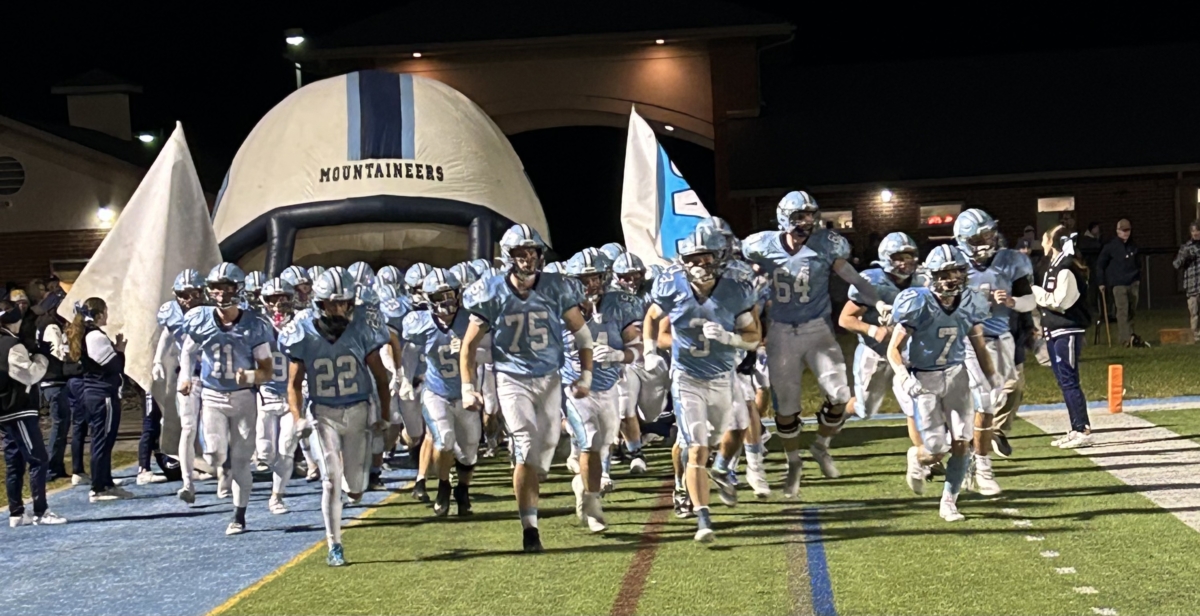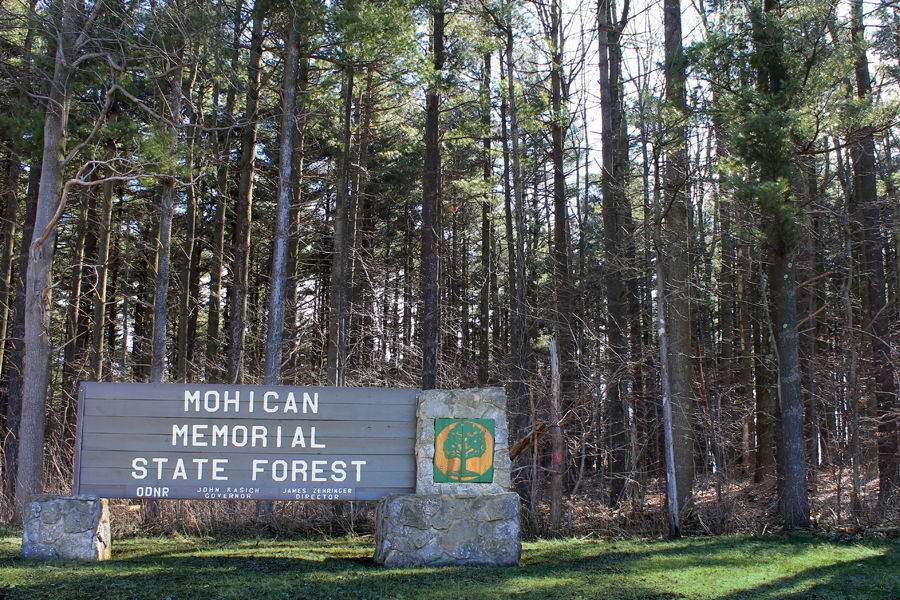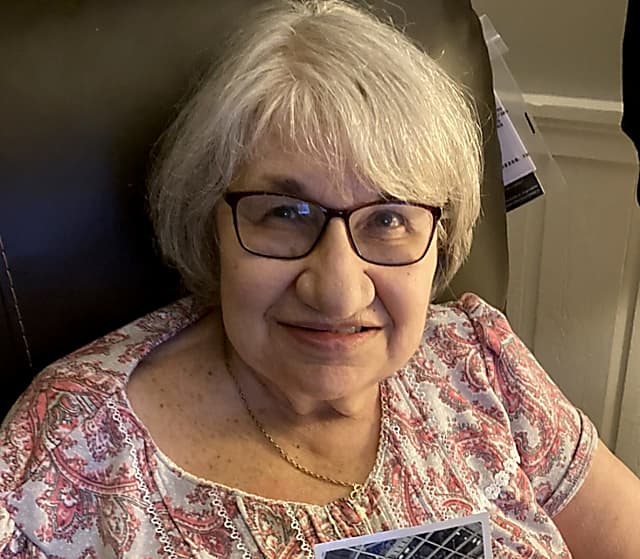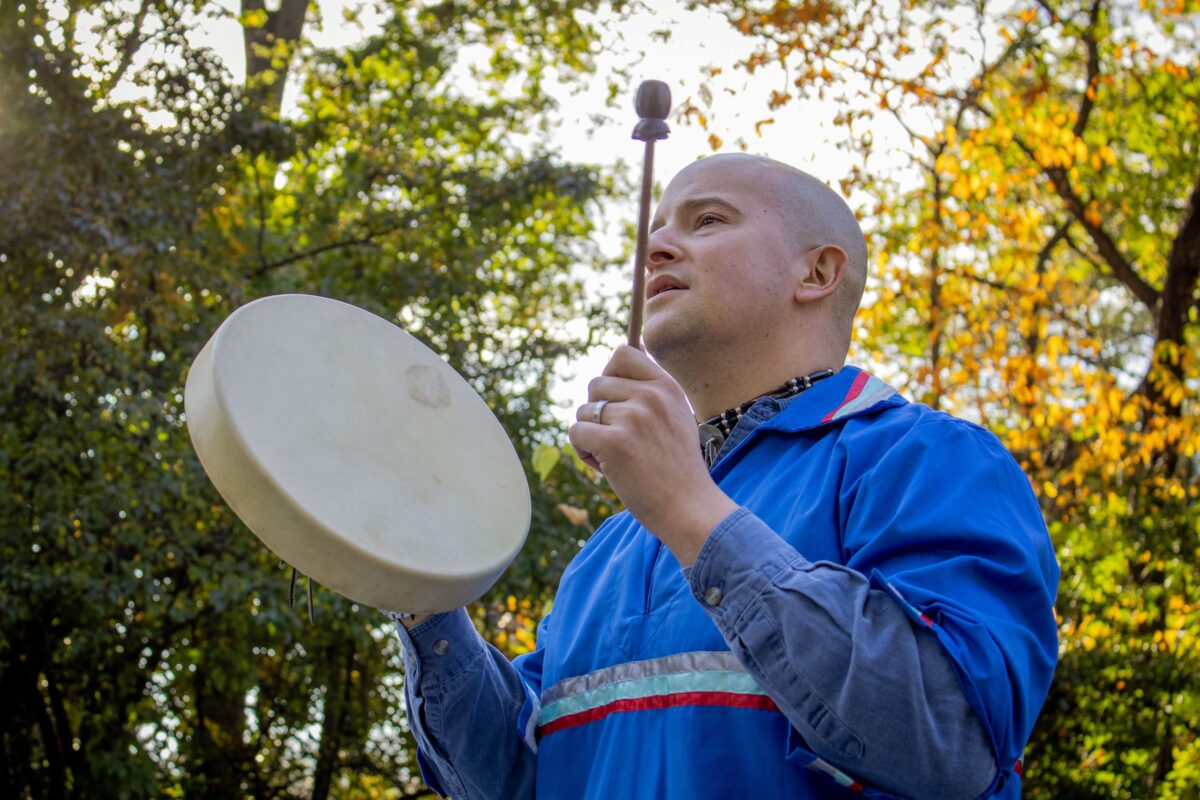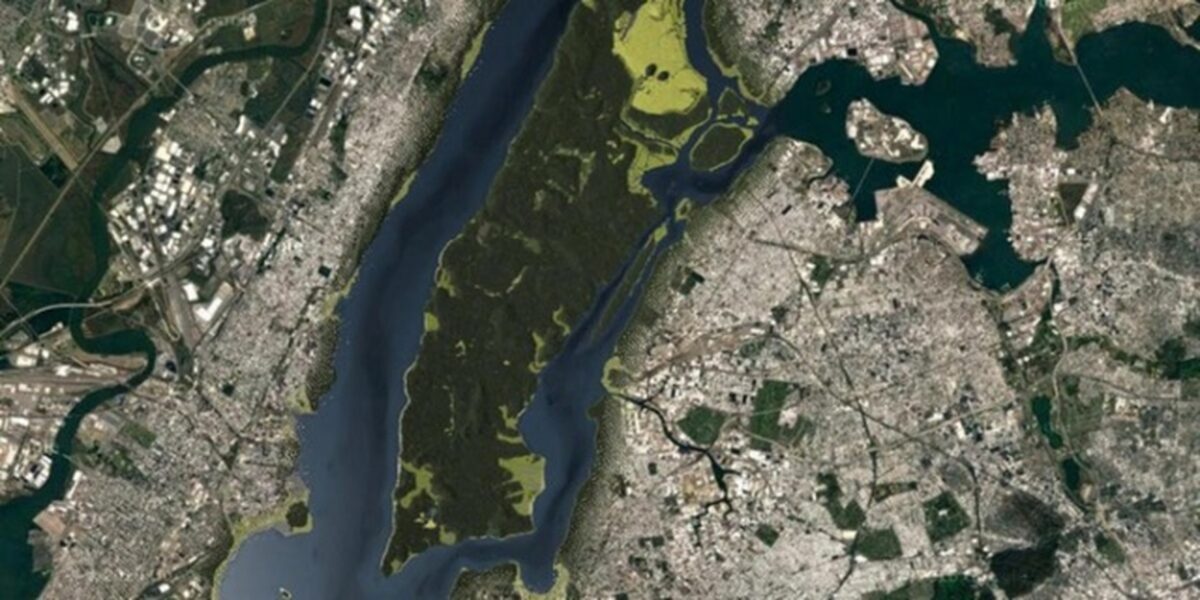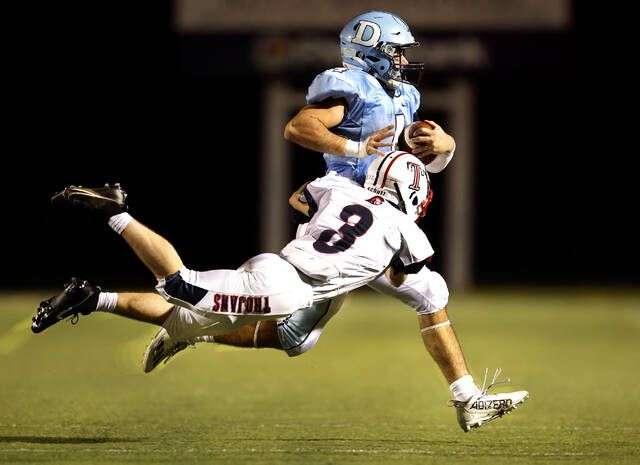[] A Celebration of Native American Heritage at Judy Weston Garden – Montclair Local e,set(t){if(t&&t.fn&&!jQueriesArray.includes(t)){t.fn.ready=t.fn.init.prototype.ready=function(e){pmDOMLoaded?e.bind(document)(t):document.addEventListener(“perfmatters-DOMContentLoaded”,function(){e.bind(document)(t)})};let r=t.fn.on;t.fn.on=t.fn.init.prototype.on=function(){if(this[0]===window){function e(e){return e=(e=(e=e.split(” “)).map(function(e){return”load”===e||0===e.indexOf(“load.”)?”perfmatters-jquery-load”:e})).join(” “)}”string”==typeof arguments[0]||arguments[0]instanceof String?arguments[0]=e(arguments[0]):”object”==typeof arguments[0]&&Object.keys(arguments[0]).forEach(function(t){delete Object.assign(arguments[0],{[e(t)]:arguments[0][t]})[t]})}return r.apply(this,arguments),this},jQueriesArray.push(t)}e=t}})}function pmProcessDocumentWrite(){let e=new Map;document.write=document.writeln=function(t){var r=document.currentScript,n=document.createRange();let a=e.get(r);void 0===a&&(a=r.nextSibling,e.set(r,a));var i=document.createDocumentFragment();n.setStart(i,0),i.appendChild(n.createContextualFragment(t)),r.parentElement.insertBefore(i,a)}}function pmSortDelayedScripts(){document.querySelectorAll(“script[type=pmdelayedscript]”).forEach(function(e){e.hasAttribute(“src”)?e.hasAttribute(“defer”)&&!1!==e.defer?pmDelayedScripts.defer.push(e):e.hasAttribute(“async”)&&!1!==e.async?pmDelayedScripts.async.push(e):pmDelayedScripts.normal.push(e):pmDelayedScripts.normal.push(e)})}function pmPreloadDelayedScripts(){var e=document.createDocumentFragment();[…pmDelayedScripts.normal,…pmDelayedScripts.defer,…pmDelayedScripts.async].forEach(function(t){var r=t.getAttribute(“src”);if(r){var n=document.createElement(“link”);n.href=r,n.rel=”preload”,n.as=”script”,e.appendChild(n)}}),document.head.appendChild(e)}async function pmLoadDelayedScripts(e){var t=e.shift();return t?(await pmReplaceScript(t),pmLoadDelayedScripts(e)):Promise.resolve()}async function pmReplaceScript(e){return await pmNextFrame(),new Promise(function(t){let r=document.createElement(“script”);[…e.attributes].forEach(function(e){let t=e.nodeName;”type”!==t&&(“data-type”===t&&(t=”type”),r.setAttribute(t,e.nodeValue))}),e.hasAttribute(“src”)?(r.addEventListener(“load”,t),r.addEventListener(“error”,t)):(r.text=e.text,t()),e.parentNode.replaceChild(r,e)})}async function pmTriggerEventListeners(){pmDOMLoaded=!0,await pmNextFrame(),document.dispatchEvent(new Event(“perfmatters-DOMContentLoaded”)),await pmNextFrame(),window.dispatchEvent(new Event(“perfmatters-DOMContentLoaded”)),await pmNextFrame(),document.dispatchEvent(new Event(“perfmatters-readystatechange”)),await pmNextFrame(),document.perfmattersonreadystatechange&&document.perfmattersonreadystatechange(),await pmNextFrame(),window.dispatchEvent(new Event(“perfmatters-load”)),await pmNextFrame(),window.perfmattersonload&&window.perfmattersonload(),await pmNextFrame(),jQueriesArray.forEach(function(e){e(window).trigger(“perfmatters-jquery-load”)});let e=new Event(“perfmatters-pageshow”);e.persisted=window.pmPersisted,window.dispatchEvent(e),await pmNextFrame(),window.perfmattersonpageshow&&window.perfmattersonpageshow({persisted:window.pmPersisted})}async function pmNextFrame(){return new Promise(function(e){requestAnimationFrame(e)})}function pmClickHandler(e){e.target.removeEventListener(“click”,pmClickHandler),pmRenameDOMAttribute(e.target,”pm-onclick”,”onclick”),pmInterceptedClicks.push(e),e.preventDefault(),e.stopPropagation(),e.stopImmediatePropagation()}function pmReplayClicks(){window.removeEventListener(“touchstart”,pmTouchStartHandler,{passive:!0}),window.removeEventListener(“mousedown”,pmTouchStartHandler),pmInterceptedClicks.forEach(e=>{e.target.outerHTML===pmClickTarget&&e.target.dispatchEvent(new MouseEvent(“click”,{view:e.view,bubbles:!0,cancelable:!0}))})}function pmTouchStartHandler(e){“HTML”!==e.target.tagName&&(pmClickTarget||(pmClickTarget=e.target.outerHTML),window.addEventListener(“touchend”,pmTouchEndHandler),window.addEventListener(“mouseup”,pmTouchEndHandler),window.addEventListener(“touchmove”,pmTouchMoveHandler,{passive:!0}),window.addEventListener(“mousemove”,pmTouchMoveHandler),e.target.addEventListener(“click”,pmClickHandler),pmRenameDOMAttribute(e.target,”onclick”,”pm-onclick”))}function pmTouchMoveHandler(e){window.removeEventListener(“touchend”,pmTouchEndHandler),window.removeEventListener(“mouseup”,pmTouchEndHandler),window.removeEventListener(“touchmove”,pmTouchMoveHandler,{passive:!0}),window.removeEventListener(“mousemove”,pmTouchMoveHandler),e.target.removeEventListener(“click”,pmClickHandler),pmRenameDOMAttribute(e.target,”pm-onclick”,”onclick”)}function pmTouchEndHandler(e){window.removeEventListener(“touchend”,pmTouchEndHandler),window.removeEventListener(“mouseup”,pmTouchEndHandler),window.removeEventListener(“touchmove”,pmTouchMoveHandler,{passive:!0}),window.removeEventListener(“mousemove”,pmTouchMoveHandler)}function pmRenameDOMAttribute(e,t,r){e.hasAttribute&&e.hasAttribute(t)&&(event.target.setAttribute(r,event.target.getAttribute(t)),event.target.removeAttribute(t))}window.addEventListener(“pageshow”,e=>{window.pmPersisted=e.persisted}),pmUserInteractions.forEach(function(e){window.addEventListener(e,pmTriggerDOMListener,{passive:!0})}),pmDelayClick&&(window.addEventListener(“touchstart”,pmTouchStartHandler,{passive:!0}),window.addEventListener(“mousedown”,pmTouchStartHandler)),document.addEventListener(“visibilitychange”,pmTriggerDOMListener);]]>
Continue reading
